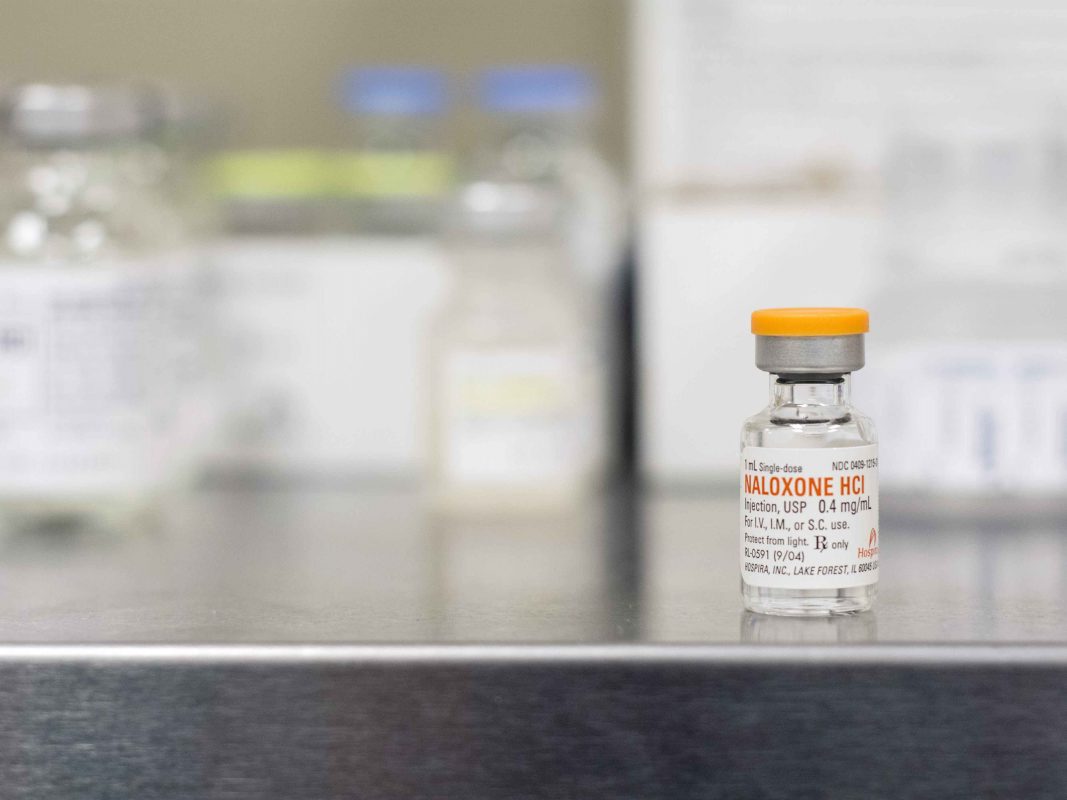
Every day at least two people die from opioid overdose in Baltimore City, according to health commissioner Dr. Leana Wen. There are only 4,000 doses remaining of the life-saving drug, naloxone, to last until July 2018 with no set date for replenishment.
“If we didn’t ration it, we would use it up in the next two weeks,” said Wen. “Right now, we are making the decision every day about who are the most vulnerable people, and rationing it accordingly.”
Naloxone, or more specifically Narcan, is a medication administered as a nasal spray or injection that reverses the effects of opioids during an overdose. Since 2015, residents administering Narcan to victims of overdose saved over 950 lives in Baltimore.
As of June 1, legislators enacted a standing order for a blanket prescription of Narcan at all pharmacies in the city. Unfortunately, the Baltimore City Health Department has run out of funds to purchase the medicine, and has been relying on the generosity of drug companies for donations.
“It’s very safe and effective. It’s got no side effects to someone who is not using opioids,” Wen said. “It’s not addictive—this is a life saving antidote that should be available to every single person.”
Back in March, Governor Larry Hogan declared a state of emergency for the opioid epidemic in Maryland. He also announced a supplemental budget of $50 million in new funding over five years for opioid overdose prevention and treatment.
Katie Kuehn, communications director for the Opioid Operational Command Center, said that as part of the first $10 million in the budget, funding would be available “soon” to local jurisdictions to purchase more naloxone.
“Recognizing the urgency of providing additional naloxone to Baltimore, Behavioral Health System Baltimore requested . . . that a portion of its current budget be allocated to purchase more naloxone to be used by the end of this fiscal year,” she said in an email. “Behavioral Health System Baltimore and the Department of Health and Mental Hygiene’s Behavioral Health Administration worked together to determine that $150,000 was needed, and it was approved the same day.”
According to Wen, Baltimore City has over one-third of all overdoses in the state, so she believes that Baltimore should receive at least one-third of that $10 million.
“We need Narcan, but we also definitely need treatment,” Wen said. “It’s important to save someone’s life if they’re overdosing, but we also need to get them into long-term treatment. That’s what will help them get their lives back.”
Kuehn said that more information about state funding would be announced in the coming days. Currently, the Baltimore City Health Department is awaiting a response from the state for the funding request, but Wen is being proactive with the fight against opioid abuse and overdose. Initiatives like the needle exchange program, which provides clean needles and substance abuse counseling, service about 3,500 people a year.
In addition, the Start Talking Act, which was passed this year, requires public schools to offer drug education as early as third grade, including the dangers of heroin and other opioids.
“Everyone has the ability to save a life. Unfortunately, in our community there are people dying who are mothers, fathers, siblings,” Wen said. “We strongly believe that everyone should have naloxone in their medicine cabinet.”
